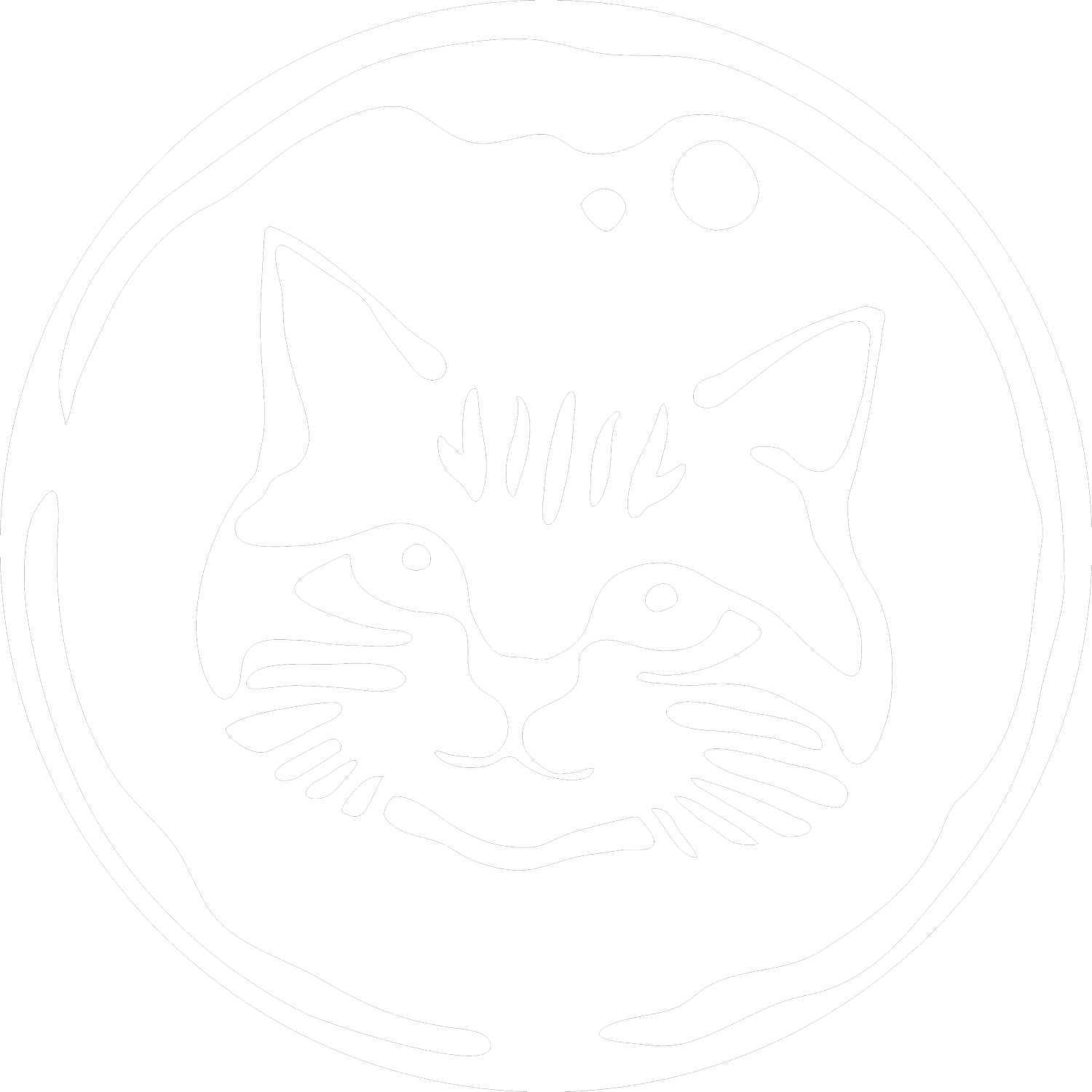Toxic Plants for Cats: Keeping Your Feline Friends Safe
Many plants that are commonly found in households and yards can be toxic to cats. Even a small amount of these plants can cause serious health problems for your furry friends. In this blog post, we'll explore some common toxic plants for cats and provide a resource link to ASPCA's comprehensive list of toxic plants.
Lilies
Lilies are one of the most dangerous household plants for cats. All parts of these beautiful plants, including their flowers, leaves, and pollen, are extremely toxic to cats. Even a tiny amount can cause severe kidney damage and could be fatal. Avoid having any lilies in your home, including Easter lilies, Tiger lilies, and Daylilies.
Azaleas
While azaleas add a vibrant touch to gardens, they can be deadly to cats. Ingestion can lead to digestive issues, excessive drooling, loss of appetite, and can even affect the heart muscles leading to a drop in blood pressure, coma, or even death.
Dieffenbachia (Dumb Cane)
This popular indoor plant is known for its lush, patterned foliage. But, if a cat chews on the leaves, it can cause severe irritation of the mouth and throat, intense burning, excessive drooling, difficulty swallowing, and vomiting.
Aloe Vera
Aloe vera is a popular household plant that's known for its medicinal properties. However, it can be toxic to cats if ingested. It can cause vomiting, diarrhea, and lethargy.
Poinsettias
Poinsettias are a popular holiday plant that's often used in decorations. They can be toxic to cats if ingested, causing vomiting and diarrhea.
Ivy
Ivy is a popular indoor and outdoor plant that can be toxic to cats. It can cause vomiting, diarrhea, and even seizures if ingested.
Sago Palm
Sago palms are a popular landscaping plant that's commonly found in warm climates. All parts of the plant are poisonous to cats, including the leaves, seeds, and roots. Ingestion of sago palm can cause liver failure and death.
Tulips
Tulips, particularly the bulbs, contain toxins that can cause irritation in the mouth and esophagus, leading to drooling, loss of appetite, depression, and convulsions.
What to Do If Your Cat Ingests a Poisonous Plant
If you suspect your cat has ingested a toxic plant, seek veterinary help immediately. It's helpful to take a sample of the plant to the vet for identification. Remember, time is critical in these situations, so don't delay.
Get to Know Common Toxic Plants for Cats
Keeping your cats safe from toxic plants is essential for their health and well-being. By being aware of the common toxic plants and removing them from your home and yard, you can help prevent accidental poisoning.
While this list is not exhaustive, it provides a starting point to help cat owners identify potential plant-related hazards. The best way to protect your cat from toxic plants is to ensure such plants are not in your home or any area your cat has access to.
We at Wired Whisker are committed to the safety and well-being of all our feline friends. We ensure our space is free of these toxic plants, and we encourage you to do the same at home.
For a comprehensive list of toxic plants for cats, check out the ASPCA’s Toxic and Non-Toxic Plant List. By consulting this resource, you can ensure that your home and yard are safe for your furry friends. After all, our adorable feline companions deserve to live in a safe, fun, and nurturing environment. Let's work together to make sure they do!


